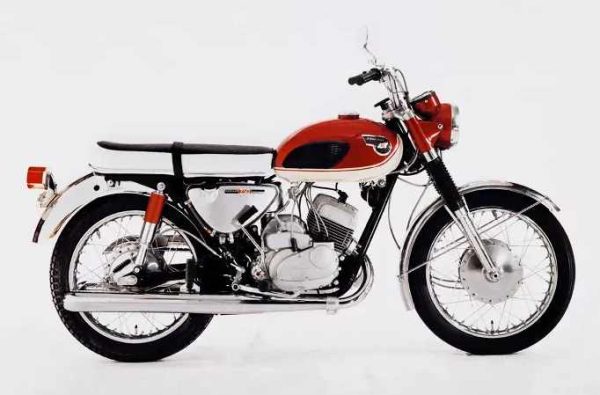Kawasaki Celebrates 70 Years Of Making Motorcycles
In September of 2023, Kawasaki Motors celebrates its 70th anniversary of making motorcycles, first making its forays into the motorcycle business in 1953. After the end of World War II, Kawasaki produced motorcycle engines under the name of “Kawasaki Machine Works.” Since then, Kawasaki has continued to Let the Good Times Roll and has strived […]
Kawasaki Celebrates 70 Years Of Making Motorcycles Read More »

